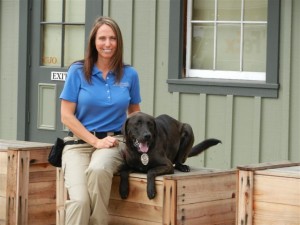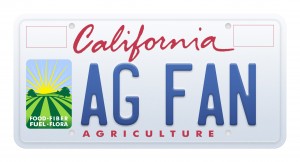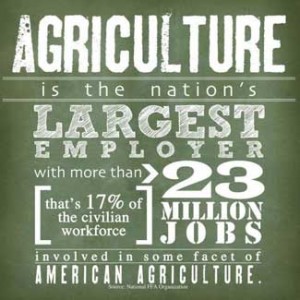Statement from Agriculture Secretary Vilsack on Record U.S. Farm Exports for Calendar Year 2011
WASHINGTON, Feb. 10, 2012 –Agriculture Secretary Tom Vilsack made the following statement regarding data released today showing U.S. farm exports reached a record $136.3 billion in calendar year 2011:
“The data released today by USDA represents a record-breaking calendar year for farm exports, demonstrating—once again—that American agriculture remains a bright spot in our nation’s economy. We saw a rise in both the value and volume of U.S. agricultural exports worldwide in 2011, as international sales rose $20.5 billion over the previous record set in calendar year 2010. Total agricultural exports for calendar year 2011 were a robust $136.3 billion.
“These figures indicate how demand for the American brand of agriculture continues to soar worldwide, supporting good jobs for Americans across a variety of industries such as transportation, renewable energy, manufacturing, food services, and on-farm employment. During the past three years, the U.S. farm sector has continued to support and create jobs on a consistent basis, strengthening an American economy that’s built to last. Every $1 billion in agricultural exports supports 8,400 American jobs, meaning that U.S. farm exports helped support more than 1 million U.S. jobs in 2011.
“And that gets to the innovation of our American farmers, ranchers and growers. American agriculture continues to apply the latest in technology and achieve a nearly unparalleled level of productivity. In fact, U.S. agriculture is the second-most productive sector of our economy in the past few decades outside of information technology.
“Exports of almost all major U.S. commodities rose in calendar year 201l, helping us to reach President Obama’s goal of doubling all U.S. exports by the end of 2014. Grains were the biggest contributor to the overall record, reaching an all-time high of $37.7 billion, a $9.2 billion increase over 2010. Cotton experienced the biggest year-to-year increase, up 44 percent from 2010, reaching a record $8.5 billion. Dairy and pork exports also set records in 2011, reaching $4.8 billion and $6 billion respectively.
“Another success story is U.S. beef exports. Last year, the United States exported an all-time high of $5.4 billion worth of beef and beef products, surpassing the previous record by more than $1.6 billion. The volume of shipments also surpassed the 2003 levels, the last year before a detection of bovine spongiform encephalopathy (BSE) in Washington State disrupted U.S. trade. The return to pre-2003 levels marks an important milestone in USDA’s steadfast efforts to open and expand international markets. Despite this progress, restrictions continue to constrain exports to many of our key markets and we remain fully committed to breaking down those trade barriers.
“There was more good news for U.S. beef exporters when United Arab Emirates (UAE) officials issued a decree on Jan. 24, 2012 liberalizing imports of U.S. beef by eliminating age restrictions. The expansion of U.S. beef access to UAE—one of the largest markets for U.S. beef in the Middle East—underscores the tenacity of the Obama Administration to improve our trade relationships, expand export opportunities and strengthen an American economy that’s built to last.”
The latest export data is available via the Global Agricultural Trade System at http://www.fas.usda.gov/data.asp





